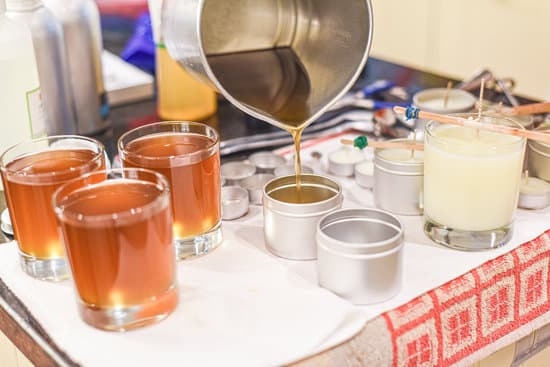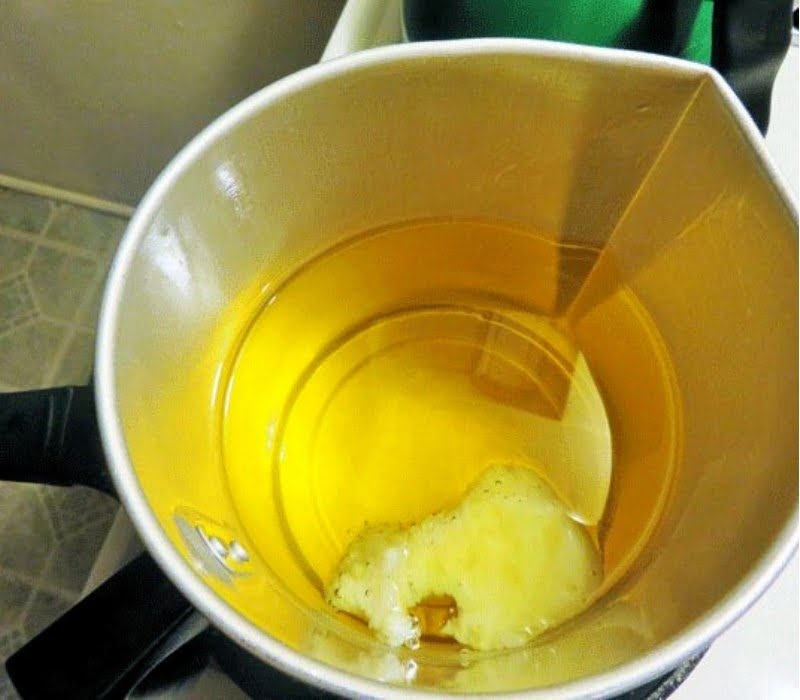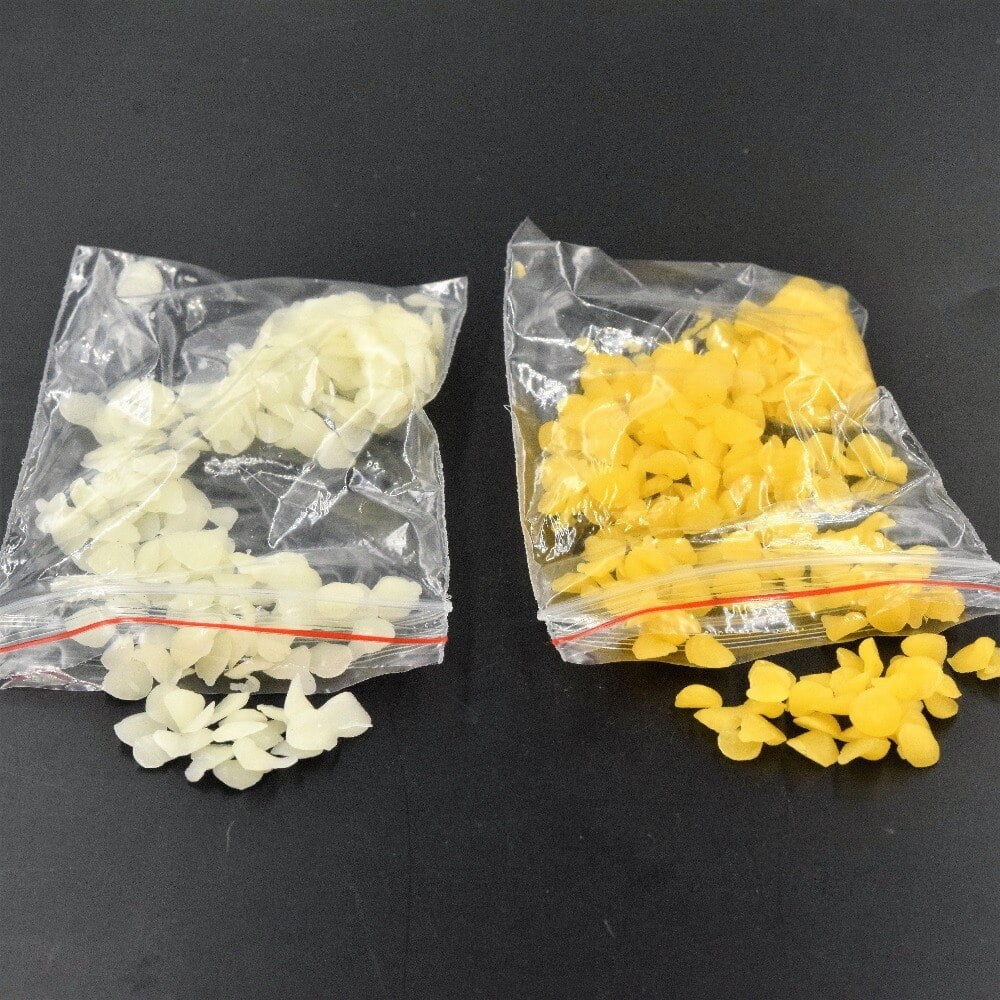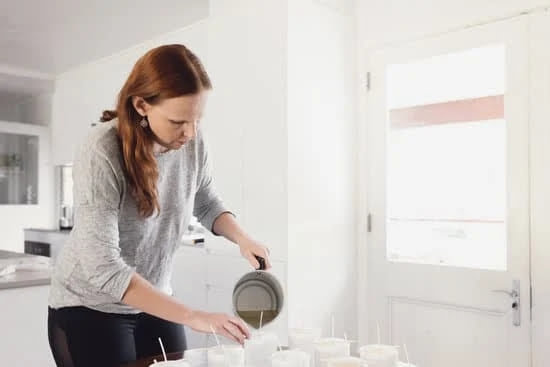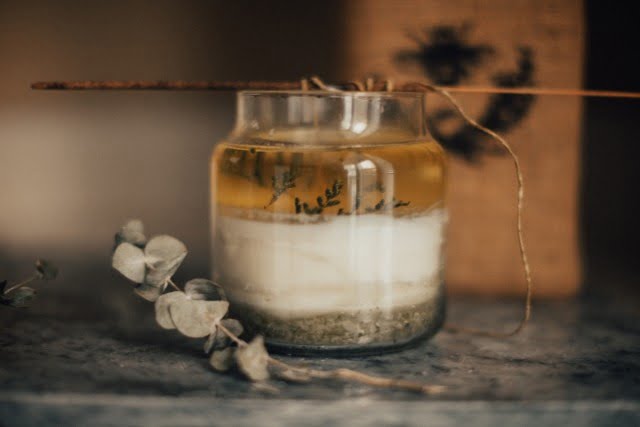Color plays a significant role in setting the mood and ambiance of a space, and what better way to enhance this than through colored candle flames. Imagine the mesmerizing effect of a flickering flame dancing in vibrant hues like blue, green, or purple. In this article, we will delve into the intriguing world of making colored candle flames and explore the science behind achieving various colors.
Understanding the science behind colored flames involves exploring how different chemicals can produce these colorful displays. Each color is determined by the presence of specific chemical elements that emit light when heated. Additionally, temperature also plays a crucial role in influencing the color of flames, with higher temperatures typically producing brighter and more intense colors.
To embark on your journey of creating colored flames, selecting the right candle is essential. Opt for unscented and dye-free candles to ensure that the added colorants stand out vividly in the flame. By choosing the appropriate type of candle, you set yourself up for success in achieving stunning and vibrant colors in your candle flames. Remember to prioritize safety when working with chemicals and open flames to enjoy this creative process to its fullest potential.
Understanding the Science Behind Colored Flames
Have you ever wondered how those mesmerizing colored flames are achieved? The key lies in understanding the science behind it. By introducing different chemicals into the flame, you can create a stunning array of colors. For example, adding copper chloride produces a blue flame, while strontium chloride gives off a red hue. The possibilities are endless when it comes to making colored candle flames.
To better comprehend this process, let’s dive into the fundamentals of how different chemicals affect the color of flames. When certain elements are introduced to a flame, their electrons absorb energy and move to higher energy levels before returning to their original state.
As they release this excess energy in the form of light, we see a colorful display. Temperature also plays a crucial role in determining the color of flames – higher temperatures tend to produce blue hues, while lower temperatures result in warmer tones like yellow or orange.
To embark on your journey of creating colored candle flames, it’s important to start with selecting the right candle. Opt for unscented and dye-free candles to ensure that the colors you add will shine through without interference from other ingredients. Here are some tips for choosing the appropriate candle for coloring flames:
- Look for white or pale-colored candles as they provide a blank canvas for adding colorants
- Avoid candles with strong scents or dyes that may alter the final hue of your flame
- Opt for natural wax options like soy or beeswax for cleaner burning and better color absorption
Embarking on this creative endeavor requires attention to safety precautions as well. Working with open flames and chemicals can pose risks if not handled carefully. Remember to always wear protective gear such as goggles and gloves when experimenting with making colored candle flames. Additionally, ensure proper ventilation in your workspace and keep a fire extinguisher nearby in case of emergencies.
- Always work on a heat-resistant surface away from flammable materials
- Handle colorants and chemicals with care, following all instructions provided by manufacturers
- Never leave burning candles unattended and extinguish them properly after use
Choosing the Right Candle
When it comes to making colored candle flames, selecting the appropriate type of candle is crucial for achieving the desired effect. For the best results, it is recommended to choose unscented and dye-free candles. Scented candles often contain additional chemicals that may interfere with the colorants used to change the flame’s color. Dye-free candles are essential because any pre-existing colors in the wax can alter or diminish the intended color of the flame.
In addition to selecting unscented and dye-free candles, you should also pay attention to the candle’s wick. A cotton wick is preferred for coloring flames as it burns cleanly and supports a consistent flame color. Some candles come with metal or wooden wicks which may not be suitable for achieving vibrant colored flames. Opting for traditional cotton wicks will ensure that the chemical colorants added to the flame are effectively showcased.
Whether you are using candles for decorative purposes or simply enjoy experimenting with colored flames, choosing the right candle is key to successfully making colored candle flames. By paying attention to details such as scent, dye content, and wick material, you can enhance your experience and create mesmerizing displays of colorful light. Get ready to transform your ordinary candles into captivating sources of colorful illumination.
| Aspect | Recommendation |
|---|---|
| Candle Type | Unscented and dye-free |
| Wick Material | Cotton wick preferred |
Safety Precautions
When it comes to making colored candle flames, safety should always be a top priority. Handling chemicals and open flames requires caution and responsibility to prevent any accidents or injuries. Here are some important safety precautions to keep in mind:
- Always work in a well-ventilated area to avoid inhaling any fumes from the colorants or chemicals used for coloring flames.
- Wear appropriate protective gear such as gloves and eye protection when handling potentially harmful substances.
- Keep a fire extinguisher nearby in case of any unexpected flare-ups or accidents while working with open flames.
It’s also essential to educate yourself on the proper techniques for using colorants and chemicals safely. Make sure to read instructions carefully and follow recommended guidelines to minimize risks. By taking these precautions, you can enjoy the process of making colored candle flames without compromising your safety.
Guidelines for Handling Chemicals and Open Flames Responsibly
In addition to following standard safety precautions, there are specific guidelines for handling the chemicals and managing open flames when creating colored candle flames. Here are some key points to consider:
- When working with colorants like boric acid or strontium chloride, measure them accurately according to the recommended amounts for achieving desired colors.
- Avoid mixing different chemicals haphazardly, as this can result in unpredictable reactions that may be hazardous.
- Be mindful of the temperature of the flame when adding colorants, as high temperatures can affect the intensity and hue of the colored flame produced.
By adhering to these guidelines and remaining vigilant throughout the process, you can create stunning colored candle flames while ensuring your safety. Enjoy experimenting with different colors and effects, but always prioritize caution and responsible handling practices.
Experimenting With Colorants
When it comes to making colored candle flames, experimenting with various colorants is a fun and creative way to achieve different hues. Common household items such as borax, table salt, boric acid, and even Epsom salts can be used to add vibrant colors to your candle flames. Each chemical produces a distinct color when burned, allowing you to customize the look of your candles.
To start experimenting with colorants, begin by choosing a color you want to achieve in your candle flames. For example, borax can give you a green flame, while table salt produces yellow. Consider mixing different colorants to create unique shades or gradients in your candles. Remember that safety is key when handling these chemicals, so be sure to follow proper guidelines and precautions.
Once you have selected your desired colorants, carefully add them to the melted wax of your candle before pouring it into the mold. The amount of colorant used can affect the intensity of the resulting flame color, so experiment with different quantities to find the perfect balance for your colored candle flames. Remember that practice makes perfect, so don’t be afraid to try out new combinations and techniques to create stunning colored flames.
| Colorant | Flame Color Produced |
|---|---|
| Borax | Green |
| Table Salt | Yellow |
| Boric Acid | Blue |
Creating Different Colored Flames
How to Achieve Specific Colors
When it comes to making colored candle flames, the possibilities are endless. By adding different chemicals or colorants to your candles, you can achieve a wide range of colors such as blue, green, purple, and more. For example, adding copper chloride can create a vibrant blue flame, while boric acid can produce a striking green flame. Experimenting with various combinations of colorants can help you achieve the specific color you desire for your candle flames.
Tips for Adjusting Color Intensity
To enhance the intensity of the color in your candle flames, consider adjusting the ratio of colorants or chemicals added to the candles. Adding more colorant can result in a deeper and more vivid hue, while reducing the amount can create a lighter shade.
Additionally, varying the distance between the flame and the colorant source can also impact the intensity of the colored flame. By carefully monitoring and adjusting these factors, you can create beautifully colored flames that captivate and impress.
Experimenting With Color Combinations
For those looking to take their colored candle flames to the next level, experimenting with different color combinations can yield stunning results. Mixing various colorants together or layering them on different parts of a candle can create unique multi-colored flames.
By getting creative and trying out different combinations, you can discover new ways to personalize your colored candle flames and showcase your artistic flair. Let your imagination run wild as you explore the endless possibilities of creating mesmerizing colored flames.
Troubleshooting Common Issues
When it comes to making colored candle flames, there are various common issues that may arise during the process. One common problem is achieving the desired color intensity in the flames. To troubleshoot this issue, it is important to ensure that the colorant is evenly distributed throughout the wax before lighting the candle. Additionally, experimenting with different amounts of colorant and adjusting the number of colorants can help achieve the desired color intensity.
Another common issue when making colored candle flames is uneven coloring or splotchy flames. This can occur if the colorant is not properly mixed into the wax or if the candle burns unevenly. To address this problem, make sure to thoroughly mix the colorant into the melted wax before pouring it into the mold. Additionally, consider rotating the candle periodically while it burns to ensure even distribution of color.
In some cases, colored flames may produce excess smoke or unpleasant odors when burned. This could be due to using incorrect chemicals or an excessive amount of colorants in the candle. To troubleshoot this issue, reduce the amount of colorant used in future batches and make sure to follow recommended guidelines for adding colorants to candles. It is also important to ensure proper ventilation when burning colored candles to minimize any potential smoke or odor issues.
By addressing these common issues and following proper techniques and safety precautions, you can successfully create vibrant and colorful flames with your candles. Experimenting with different colors and techniques can result in beautiful and unique creations that you can showcase in various settings and events. Remember to have fun with your experiments and embrace the creative process of making colored candle flames.
Showcasing Your Colored Flames
One of the most exciting parts of making colored candle flames is being able to showcase your creations. Whether you are using them for a special event, decoration, or simply for your enjoyment, there are countless creative ways to display and enjoy colored flames.
To showcase your colored flames, consider placing them in a clear glass container or candle holder. This allows the colors to shine through and creates a beautiful visual effect. You can also arrange multiple candles of different colors together to create a stunning display of rainbow hues.
For events or special occasions, consider incorporating colored flames into your decorations. For example, you can use colored candles as centerpieces for tables at weddings or parties. You can also place them along pathways or in outdoor lanterns for a magical touch to outdoor events. The possibilities are endless when it comes to showcasing your colored candle flames creatively.
Experiment with different combinations of colors and arrangements to find what works best for you. Remember, the journey of making colored candle flames is not only about the end result but also about the joy and creativity that come from the process. Have fun exploring new ways to showcase your colorful creations and let your imagination run wild.
Conclusion
In conclusion, creating colored candle flames can be a fun and creative way to add a touch of excitement to your space or event. By understanding the science behind how different chemicals produce colorful flames and choosing the right type of candle, you can easily experiment with various colors like blue, green, purple, and more. It is essential to prioritize safety when working with open flames and chemicals to avoid any accidents or mishaps.
Experimenting with colorants can be both educational and enjoyable, as you discover household items that can be used to achieve different colored flames. By following step-by-step instructions on adding colorants to candles, you can create a unique display of vibrant hues that will impress your friends and family. Remember to troubleshoot common issues that may arise along the way and adjust the intensity of the color in the flames according to your preferences.
In showcasing your colored flames, consider incorporating them into events or decorations for a visually stunning effect. Whether it’s a themed party or simply adding ambiance to your living space, colored candle flames can truly elevate the atmosphere. So go ahead and unleash your creativity by experimenting with making colored candle flames – the possibilities are endless.
Frequently Asked Questions
How Do You Make Colored Flame Candles?
Making colored flame candles can be a fun DIY project. One way to achieve this is by using colorants or dyes specifically designed for candles.
These additives are typically in the form of liquid drops that can be mixed into the melted wax before pouring it into the candle mold. It’s important to follow the manufacturer’s instructions on how much dye to add to achieve the desired color intensity.
How Do You Change the Color of a Candle Flame?
Changing the color of a candle flame can be done by incorporating metal salts into the wax. Metal salts are known for producing vibrant and colorful flames when burned.
For example, adding copper chloride can create a green flame, while strontium chloride can produce a red flame. It’s essential to handle these chemicals with caution and follow safety guidelines when experimenting with changing candle flames.
How Do You Make Colored Flames at Home?
Creating colored flames at home can be an exciting science experiment. One common method is using substances like boric acid, table salt, or Epsom salt to change the color of a fire.
These household items contain metal ions that react when burned, producing distinct hues in the flames. However, it’s crucial to research and understand the potential hazards of using certain chemicals before attempting to make colored flames at home.

Welcome to my candle making blog! In this blog, I will be sharing my tips and tricks for making candles. I will also be sharing some of my favorite recipes.

